It is funny how one comes into contact with art. One child can walk full of boredom, through the Louvre before years later coming back to recognise their ignorance. Another could take a stroll, look up into the vastness of the Vatican and think nothing of it until realizing its brilliance. I had the pleasure to grow up under an artist and also only recognise what she had really been doing years later. Now, I have a chance to write a little about her and a lot about her work, so I apologise if this is full of biases. I do, however, truly believe that these pictures have meaning and are working towards creating awareness and maybe even a change in the right direction.
Friederike von Stackelberg began her career as an artist when coming to Berlin. The city was, as she put it “ruled by artists at the time, we drove the conservatives away”. Some of the similarities are still seen today as all those trying to find a place have one in Berlin. Fashion, art and music are everything the city had and still has to offer. Evidently, not much has changed. Back then of course, the circles of fame were much easier accessible as Friederike discovered Berlin’s most remarkable characters including David Bowie, Nick Cave and Wim Wenders. “We partied a lot,” she says. These people were driven towards Berlin just as she was, because of its raw artistic pull.
After graduating in History of Art and then Photography, she worked for the German Press Agency (DPA) and began to take pictures of the Armenian earthquake aftermath, the Arson subway attack in Tokyo, and the fall of the Berlin wall just to mention a few. Including some of my favorites, such as a portrait of one of Bob Marley’s sons, that unfortunately due to copyright restrictions, I cannot share with you. She admitted having worked at the agency as “a challenge, I was not allowed to be creative, of course photography always has a creative edge. Taking photos needs to describe an entire story with one snap. At that time, it was difficult, you couldn’t choose from thousands of the same picture. You had to capture a moment without knowing what the outcome was going to be. It was all in analogue”.
Soon thereafter Friederike moved to Japan with family, me being the last of three children. Sadly, this halted her career a little having to raise three children and move from Japan to Taiwan, Germany and finally South Africa. “It’s tough trying to keep creative and raise kids”– Fortunately now we are her biggest fans. Still her learning prevailed as she worked on new techniques to blend her photography and art.
One of the styles she learnt in Japan was Sumi-e, a type of brush painting that uses black ink in all possible gradations. She says it works well with her photography because it sketches moments with brushstrokes- image 1.
A further development to her career was studying Chinese art in Taipei and working at the national palace museum. It has had a profound influence on her art: learning about all the different cultures has triggered a need to portray the diversity in her work. The Asian influence is notably integrated when she paints over her photography – Image 2.

Image 1- The Heron, Sumi-e 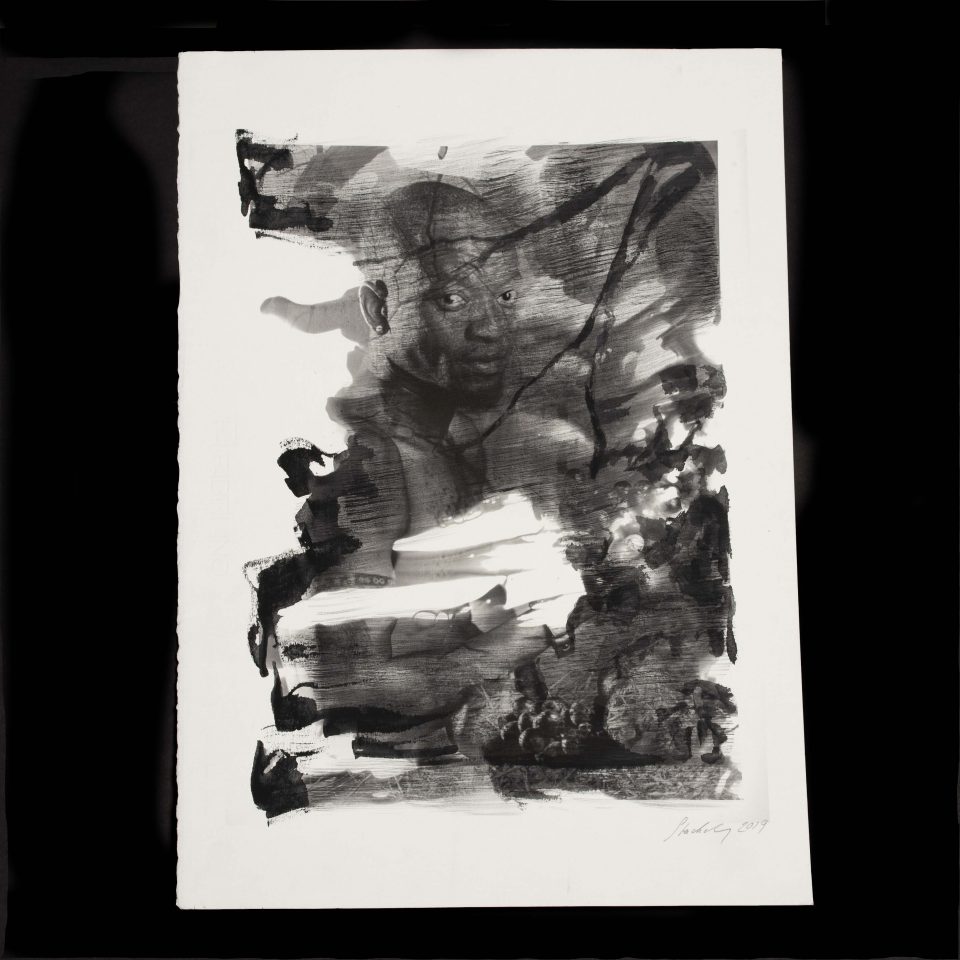
Image 2- Carravagio, Sumi-e mix with photography
She has in recent years been very active in fashion photography, portrait photography, magazine photography, had a few exhibitions in Europe and South Africa and helped in activist campaigns for the greater good. You can access these through her website (www.friederikephotography.com) or Instagram (@friederikestackelberg).
I will, in this excerpt, write about the work she has been doing during the lockdown period in South Africa. Mainly because I have been able to witness her process first-hand and, in some circumstances, even had the pleasure of helping her. Living with an artist is by no means a normal life and cannot be taken lightly. As much as I feel they want honest feedback, choose your wording carefully, and do not underestimate an artist’s temperament. I want to also point out that, as much as we look at exhibitions and artwork and critique them to the best of our ability. This profession is a process of trial and error and perfectionism. It’s easy to look at photography but making something with meaning takes time and effort. So here we go: Friederike’s newest work “Escaping Stripes”.
In this set of artworks Friederike mainly used Cyanotype, a printing technique used as a way of making blueprints. It is a chemical process which uses light as a way to create a blue colour. “It takes a long time, first you have to take the picture, then create a negative of that picture, after that it was a whole lot of different proportions of ferric ammonium citrate and potassium ferricyanide to let rest on paper overnight for the end product to then have the right depth of blue. A blue that creates a feeling of melancholy or the feeling of looking into the vastness of the oceans. It needs to stand out just the right amount in order to display the wanted feelings. I wanted photography to be irreplaceable again”
The name Escaping Stripes is a play on the stripes of the Zebra. They act as a camouflage against predators and through them they all look the same. In the case of the artwork it is meant to embrace a similar meaning. To protect ourselves, we all attempt to look the same in a system-driven society. It feels as though it is wrong to have a voice, when it should not be. Especially in current circumstances it is important that we all no longer hide from the truths of the past. Things need to change.
Based on this I would like to begin by discussing the first picture “Indifferent differences”-image 3. The Zebra is the centre to our society, education and society has taught us to wear our stripes a certain way. To tell us how we ought to be and who we ought to look up to. With societal pressures ingraining these so called “regularities” in us, even those that try to be different still cannot stand out. As you can see there is one dancer facing the wrong way around, but still that direction does not change her external image. The second picture (metamorphoses, image 4) of this duet has a similar symbolic meaning: as we transform from one thing to another, does that really make us any different? If so, has this change been positive? When these will be exhibited, the dancers will be hung from the roof, as dancing around all the images. One will be dancing in the other direction.
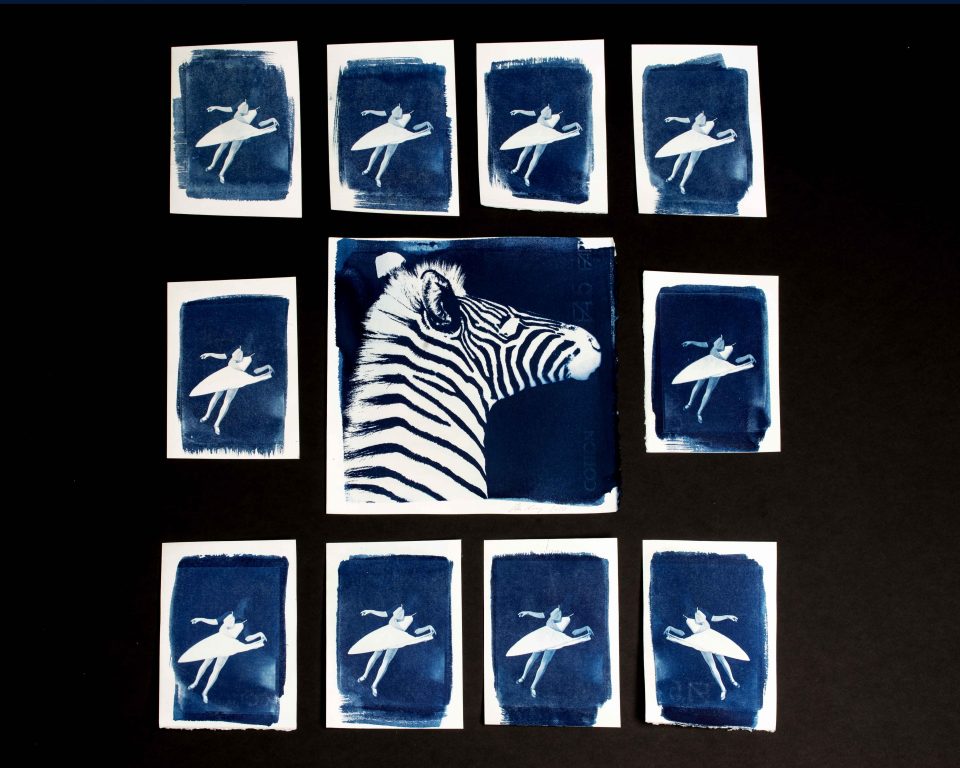
Image 3-Indifferent Differences, Cyanotype 11 individual prints 
Image 4- Metamorphosis, Cyanotype 11 individual prints
Speaking about change, the next two images are part of the same series, cut very deep in terms of personal realisation. Living in a South Africa so wounded by its own history it is difficult to speak of these truths. “Freedom?”-image 5 & 6 is the title of these as one has to think about whether the ‘freedom’ which is so often spoken about post-apartheid, really has its truths. I have now been living here again for three months and I must write , with a saddened heart, that I cannot see the truth in this. I see the fear of those less fortunate, I see the indifferences in society, I see the hunger, the crime and I see the corruptions running through these African roots which may look so beautifully colourful from external eyes. Freedom? I think not.
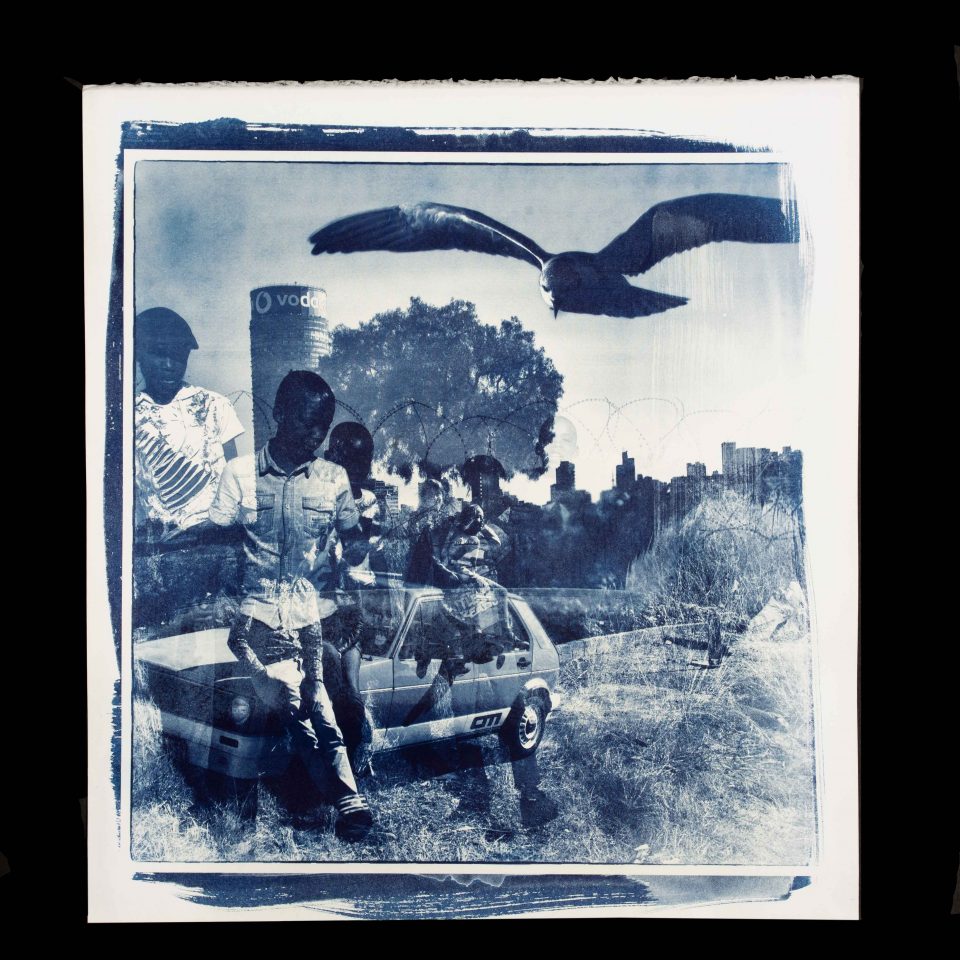
Image 5- Freedom?, Cyanotype 2 prints 50×50 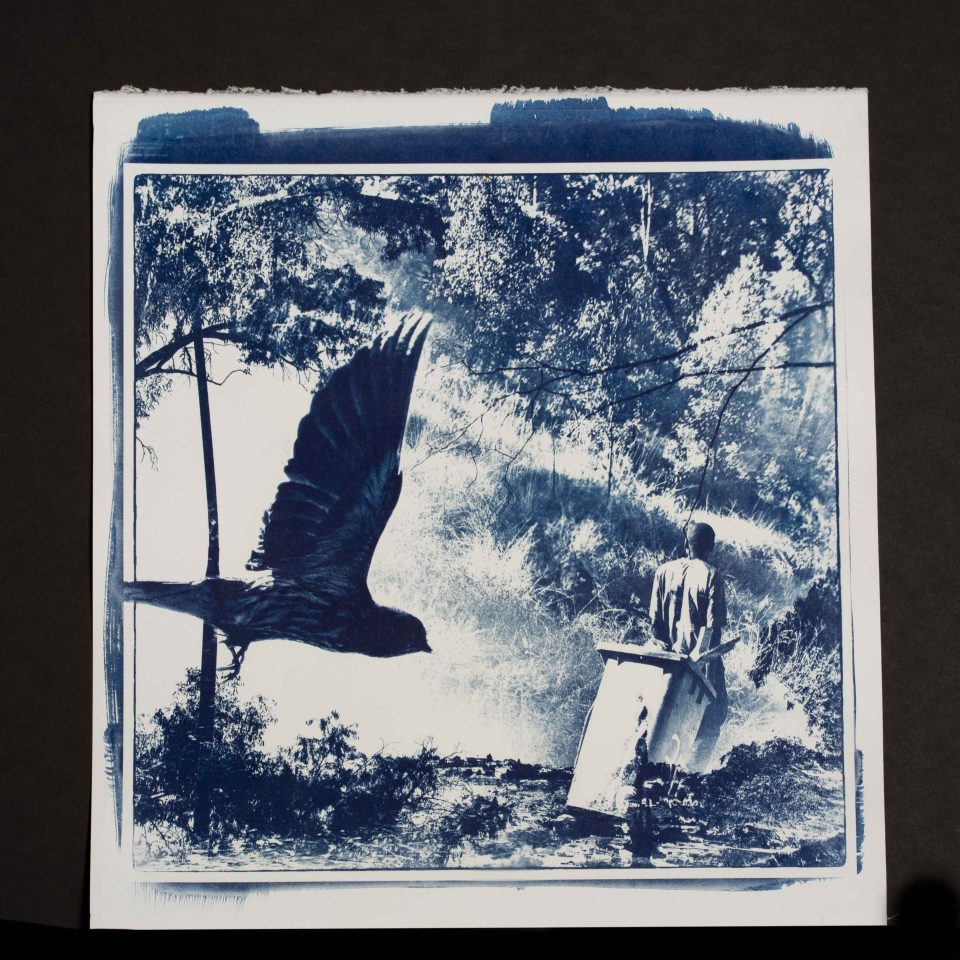
Image 6 – Freedom?, Cyanotype 2 prints 50×50
As many before me have mentioned and criticised, I must say as a white privileged man I do see myself as a culprit. Maybe even as a hypocrite. Am I part of the problem? Probably. Do I want to be? I certainly hope not. It is with that, that I introduce the embarrassment of myself as Medusa- image 7 and 8. Medusa is a figure of rage for a feminist movement. The myth portrays her as evil and ugly, turning everything that looks at her to stone. What some don’t know is that Athena punished Medusa for being raped and thus turned her into a monster. The world, it seems, is an unfair, unequal place. We need to look into a mirror to see the injustice in which we live. I spoke to a friend of mine about this picture, and she asked whether it describes the success of white men (ie. Medusa in image 7 & 8) at the expense of others, so men succeed by “freezing”, “turning to stone” opportunities for others, leaving them stuck. This for me could not be put in a better way.
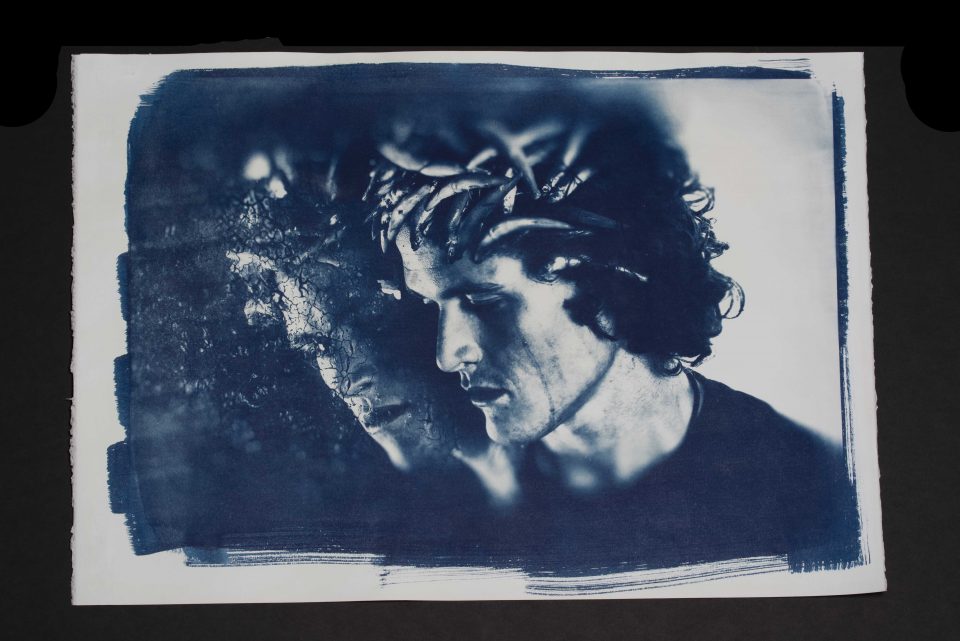
Image 6- Medusa, Cyanotype 2 prints A2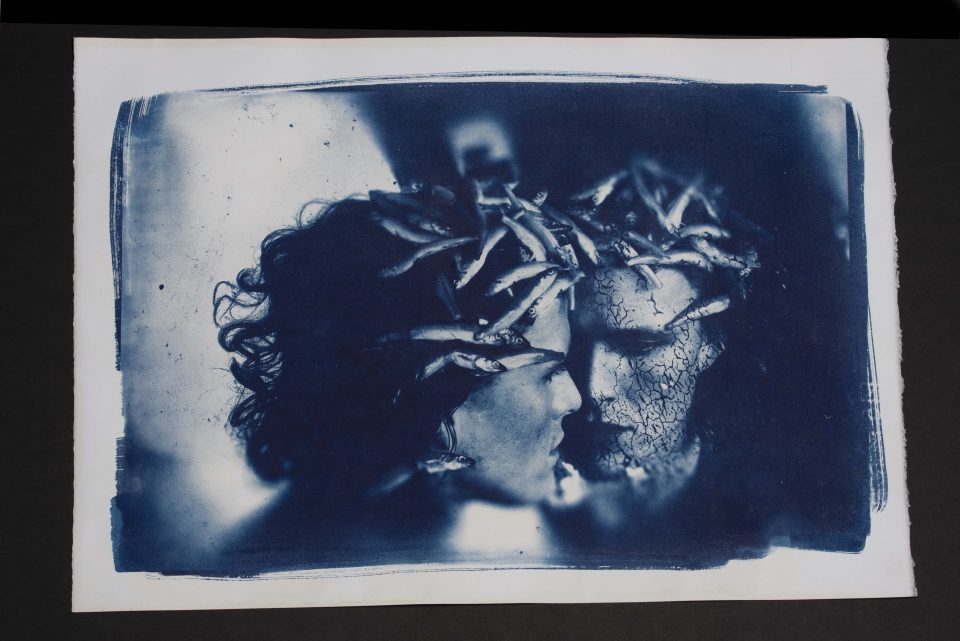
Image 7- Medusa, Cyanotype 2 prints A2
Since we have discussed white male supremacy the next image “When they see me”-image 9 looks at the problem from more of an objective manner– This picture partly represents the extent to the situation in which we currently find ourselves and the reality of the world around us. We as people walk past one another, seeing only the exterior, and perceiving the fast-paced world in a binary way. Not able to stop, look and see what is really behind that capturing façade. What character lies behind those storytelling eyes. Once we stop, look and listen, the colours start to arise like fireworks. Sparks of character firing through the sky and all we need to do is look and see. We all have the power to open our eyes. The first step towards change is realisation.

Finally, my personal favourites of these pictures. I feel I have spoken enough about possible meaning and interpretations. So, for these next images I urge you to do what one should do with great art. Take care when looking at them and write your own story. Maybe even escape your stripes image 10-13.

Image 9- Black wings, Semi-e and black and white photography 50×50 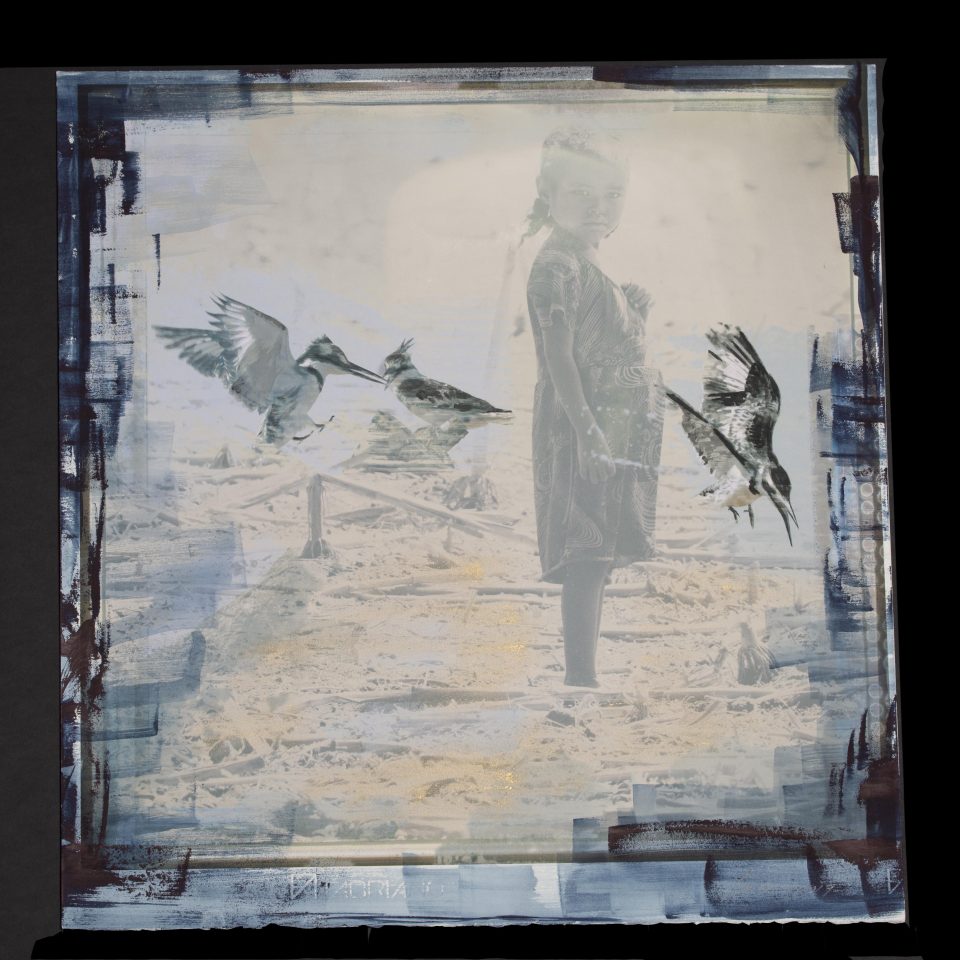
Image 10- King fisher blues, Semi-e and black and white photography 50×50
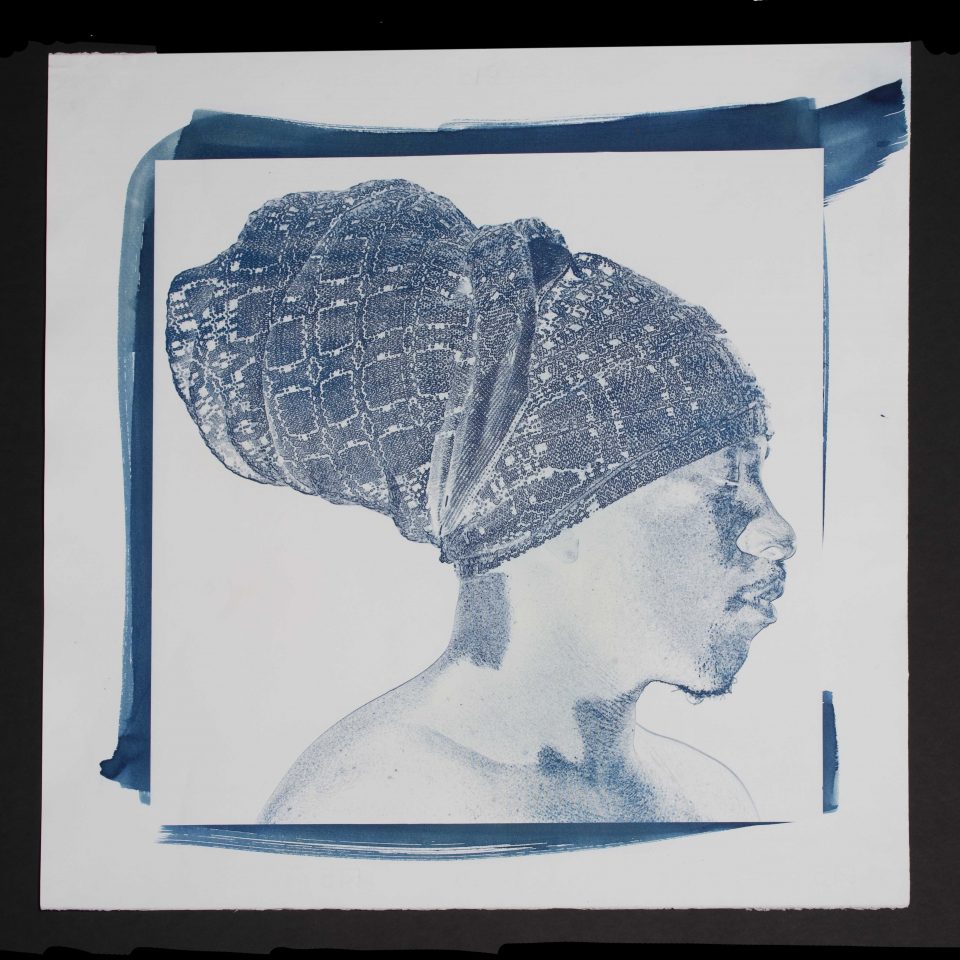
Image 11- Looking back at myself, Cyanotype 70×70 
Image 12 – Looking back at myself, Cyanotype 70×70
Do not forget to follow the artist on Instagram: @friederikestackelberg and check out her website: www.friederikephotography.com